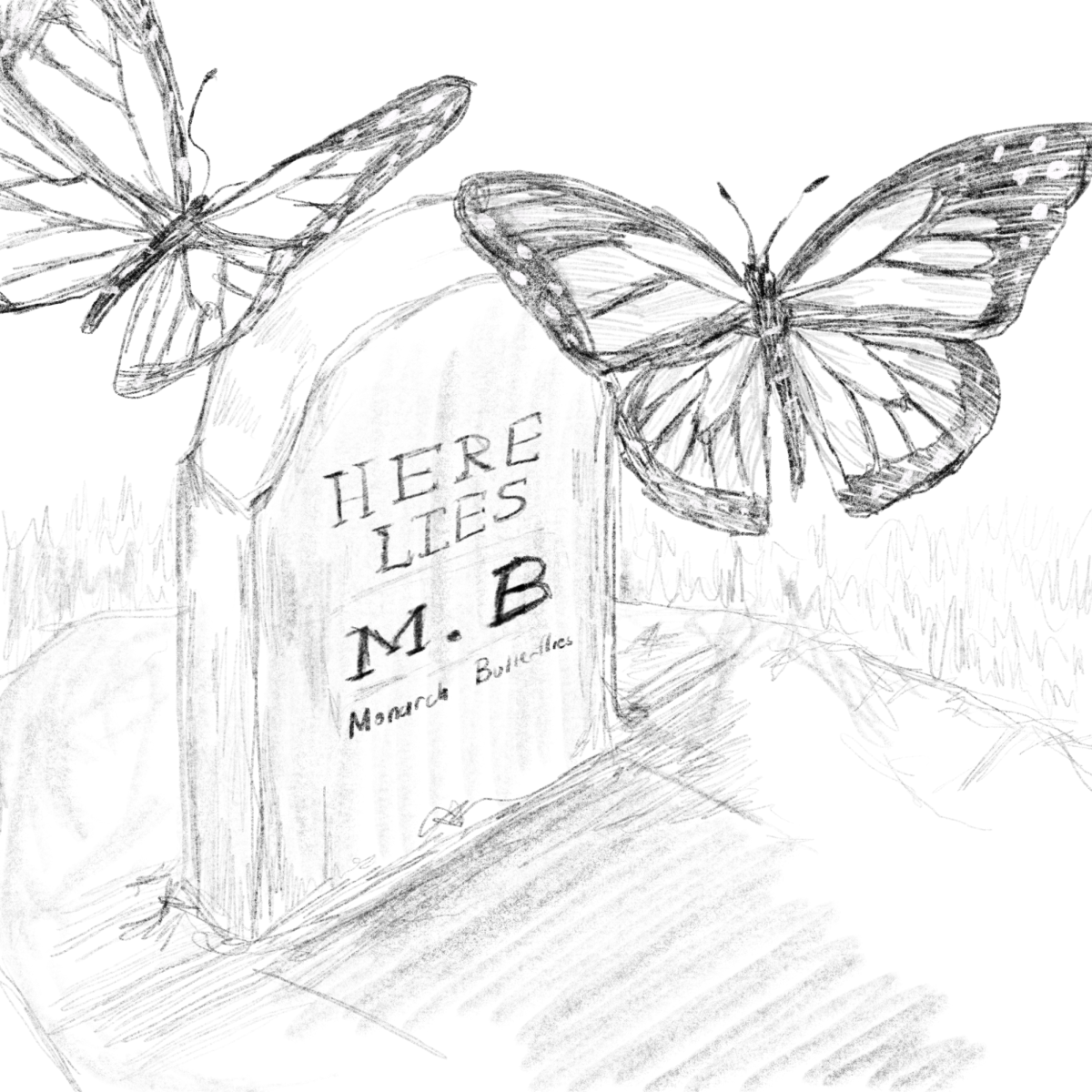As an undergraduate student, I was attracted to studying the United States Supreme Court because I incorrectly perceived that our nation’s highest tribunal’s central role is to protect minorities from majority oppression. Under this view, the justices of the Supreme Court are like superheroes. They would fly across the United States, eliminating unjust policies that trample on fundamental liberties. Undoubtedly, the justices would ensure equal opportunity and justice for all. In theory, the superhero view has credence. After all, the Supreme Court is the only branch of government that is unelected. The justices have the opportunity not to concern themselves with election returns. They are free to interpret the Constitution in a way that protects minorities from the excesses of majority rule in a constitutional republic. The Court did play the superhero role in Brown v. Board of Education (1954), finding that segregation in public schools contravenes the Fourteenth Amendment’s Equal Protection Clause. Similarly, the Court ensured that Congress could enforce African-Americans right to vote under the Fifteenth Amendment in South Carolina v. Katzenbach (1966).
More frequently, however, the Supreme Court and individual justices’ decisions reinforce majority opinion. Scholars have found only three areas where the Supreme Court is not in harmony with public opinion: Prohibition of school prayer, protection of flag desecration, and the recent Citizens United (2010) decision. More disconcerting than the Supreme Court and individual justices not acting as superheroes is that there are many instances when the justices have acted like “superzeroes.” This “superzero” behavior manifests itself when the Court and individual justices oppress individuals or a particular group in a way that contravenes the letter and spirit of our constitutional principles. For example, in Dred Scott v. Sanford (1857), the Court ruled that African-Americans were property and, thus, did not have a right to sue in Court. Even after the Civil War Amendments were ratified (13th in 1865, 14th in 1868, and 15th in 1870), the Supreme Court conferred legitimacy on the Jim Crow laws in Plessy v. Ferguson (1896).
African Americans were not the only group to receive negative treatment by the “superzeroes.” In connection with Native Americans, the Supreme Court has affirmed countless federal policies that violated the basic tenets of their treaties, violently stole their lands, and stripped them of basic religious rights. More recently, when the Court denied members of the Native American Church unemployment benefits after being fired from their jobs because they illegally used peyote as part of their religion in Smith v. Employment Division (1990), Justice Scalia, on behalf of the Court, notes that this is one of the ramifications of Native Americans choosing to live in a democracy. This theory might work for many individuals who immigrated to the United States, but surely not Native Americans.
Women have also had some ruthless rulings made against them by the Supreme Court. In Bradwell v. Illinois (1873), the Supreme Court upheld a state law that prohibited women from practicing law. In his concurring opinion, Justice Bradley contended that the Court did not go far enough in its discussion of the role of woman in society: “The paramount destiny and mission of woman are to fulfill the noble and benign offices of wife and mother. This is the law of the creator.” The oppressive treatment of women later triggered Justice Brennan to lament that governmental policies and previous court decisions “put women, not on a pedestal, but in a cage.” Still, the Supreme Court has upheld state sterilization policies of the “feeble-minded” and habitual criminals in Skinner v. Oklahoma (1942), affirmed placing Japanese citizens in relocation centers and the denial of due process in Korematsu v. United States (1944), and Justice Scalia sarcastically argues in a dissent that permitting same sex partners the right to engage in physical intimacy could naturally lead to bestiality in Lawrence v. Texas (2003). This discussion of treacherous treatment of minority groups by the Supreme Court is far from exhaustive. If a group is interested in a branch of government that might protect the minority from majority oppression, the Supreme Court is probably not the place to redress its grievances.
John Hermann is an associate professor in the political science department.



